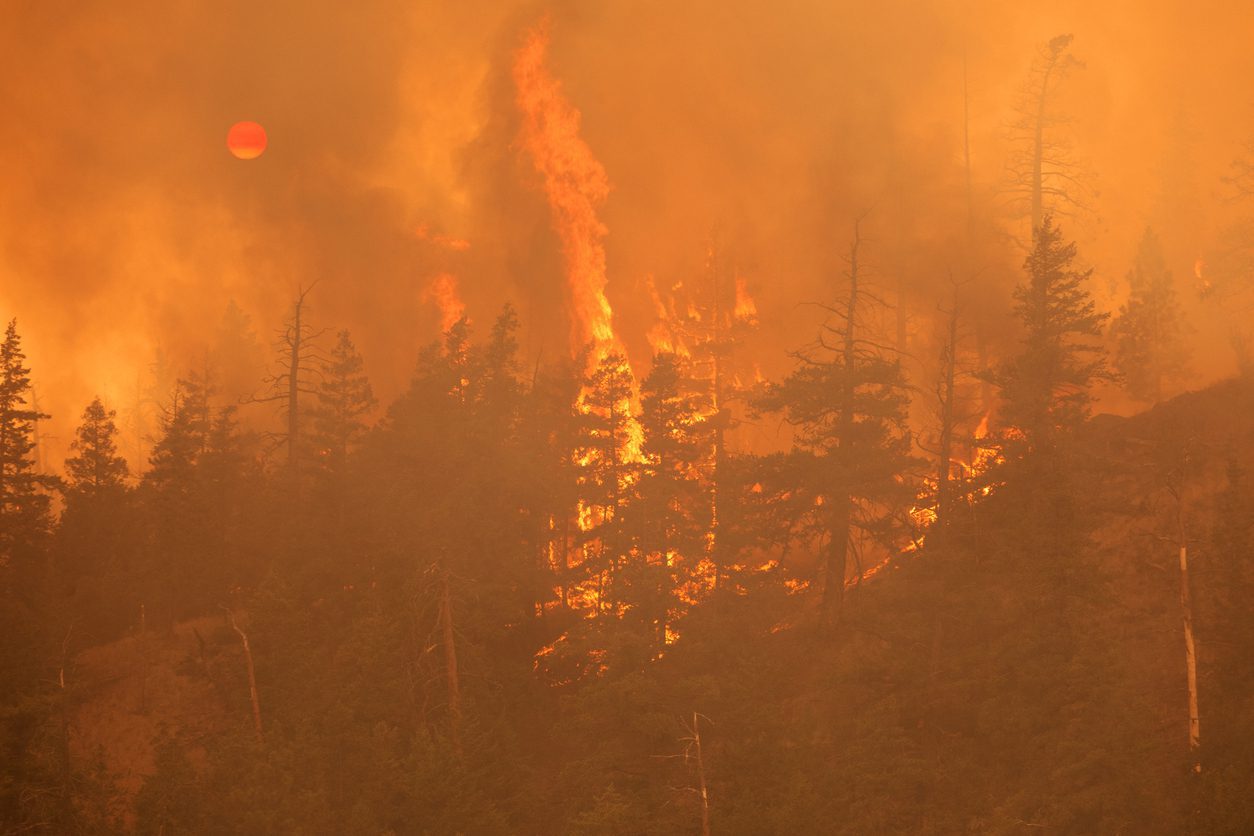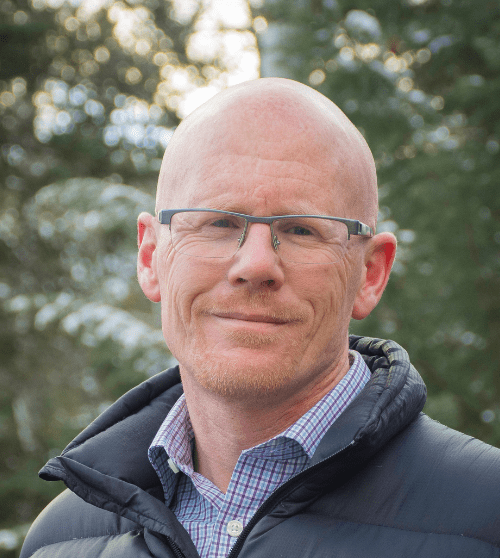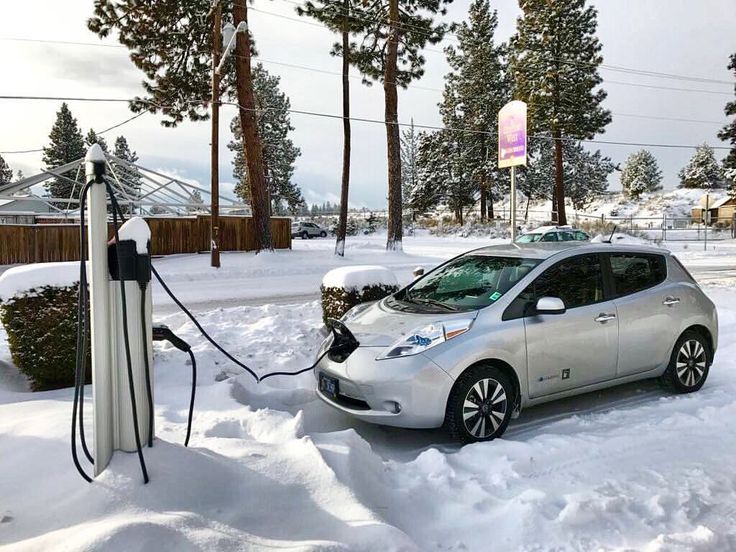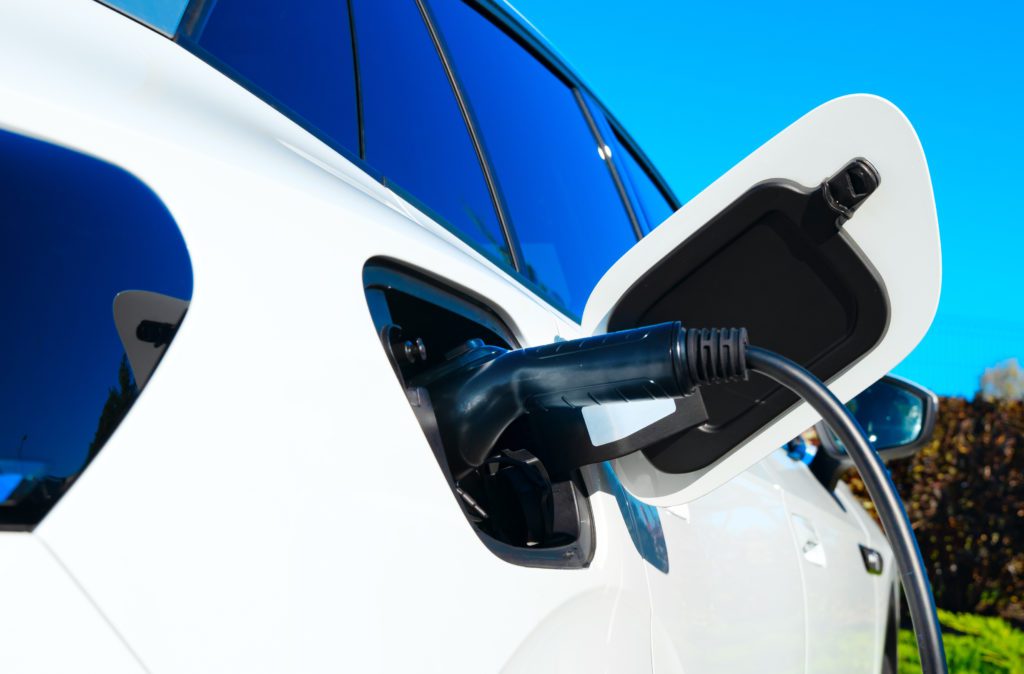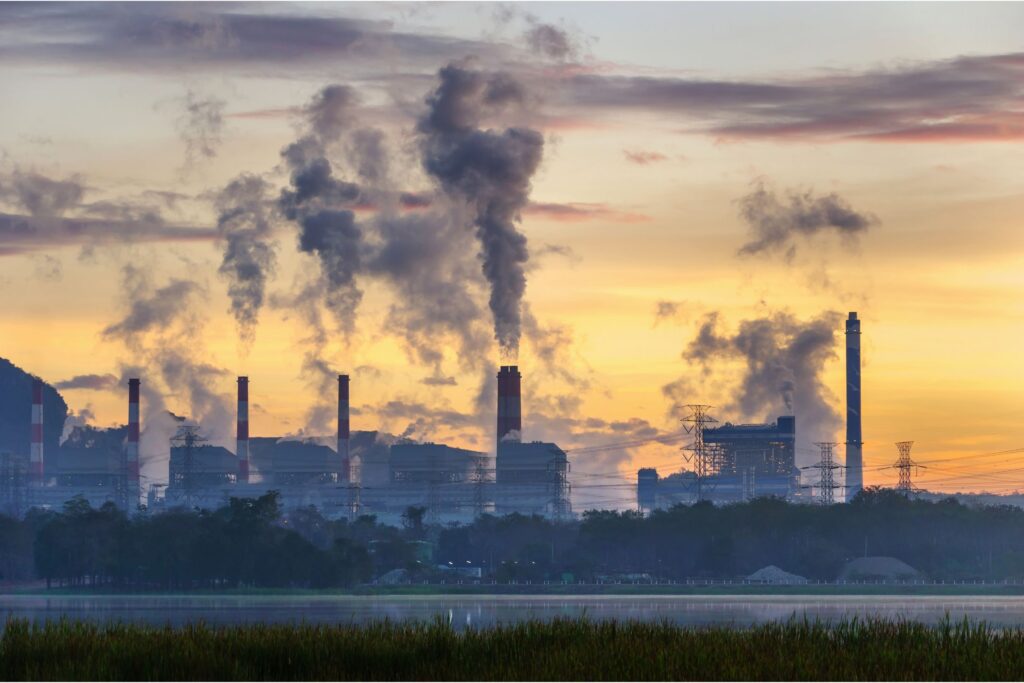Last summer, Albertans and people from around the globe watched in horror as a massive blaze started just kilometres from the mountain town of Jasper, at the heart of Jasper National Park. 25,000 people were evacuated, and one-third of the townsite burned to the ground. More than three thousand emergency personnel responded to the fire, and thousands of people were tragically left homeless.
24-year-old Morgan Kitchen died when a tree fell on him while fighting the blaze.
Slave Lake, Fort McMurray, Waterton, and Jasper are just a few examples of communities in Alberta that have been tragically ravaged by wildfire, taking lives, destroying homes and businesses, and reshaping the landscape.
What have we learned from these examples?
As Environmental Defence’s western Canadian advocate for energy transition, I wish I could tell you that we’ve finally connected the dots between devastating wildfires, climate change, and the development and burning of fossil fuels. But, we haven’t.
As of the mid-point of June , more than sixty fires are burning out of control across the province, with hundreds more in BC, Saskatchewan, Manitoba and Ontario, leading to evacuations, massive carbon emissions, and widespread fear. At the same time, Alberta’s Premier continues to advocate for more fossil fuel development, more pipelines, and with them, which will only contribute to more severe fire weather.
“My hope is that no other community has to face challenges in the same way we did,” said Jasper Mayor Richard Ireland in an interview with the Edmonton Journal in April of this year, just as the 2025 wildfire season was heating up. “Our experience certainly shows what can happen with climate change and climate-change catastrophe.”
Where I live, in Alberta’s Bow Valley, residents start each spring on pins and needles, watching for rain, and nervous when it turns into an electrical storm. Many of us pack our cars and trucks with emergency supplies so at the first sign of trouble, we can leave to avoid the crush of traffic that will clog the two highways out of town if a fire were to start.
My wife and I have followed fire-smart guidelines on our property, removing junipers from around the house and cutting down several trees. We’re deciding whether a pine tree that shades our deck needs to be removed because it’s too close to the house – it probably does. We keep firewood and jerry cans as far from the house as possible, and we’re buying sprinklers for our roof.
Twenty kilometres up the valley, the Town of Banff has been preparing for possible catastrophic fires for decades. In the last year, massive new firebreaks have been cut between Banff National Park and Canmore.
Climate-fuelled wildfires are causing incomprehensible damage across the globe. Governments, the insurance industry, and citizens will spend hundreds of billions of dollars rebuilding communities, and the toll on human life is terrifying. Yet, the connection between violent fire behaviour, climate change and oil and gas development and use is rarely acknowledged and often outright denied.
The reality for Alberta, and the rest of Canada, is that climate change is making fires worse, much worse. Communities will be lost, and tragically, more brave firefighters may lose their lives. Meanwhile, Alberta refuses to acknowledge the role climate change plays in making a bad situation far worse, and how oil and gas development is the fuel that makes these fires more deadly year after year.
Alberta’s Premier, Danielle Smith, is demanding a whole-scale dismantling of Canada’s climate change policy – scrapping the clean electricity regulations and the emissions cap on the oil and gas sector, among others – while the province is reduced to ashes around us. The Premier either doesn’t care or doesn’t understand the relationship between these unnatural disasters and climate change. Ordinary, average citizens pushing back is the only way she’s going to learn.




